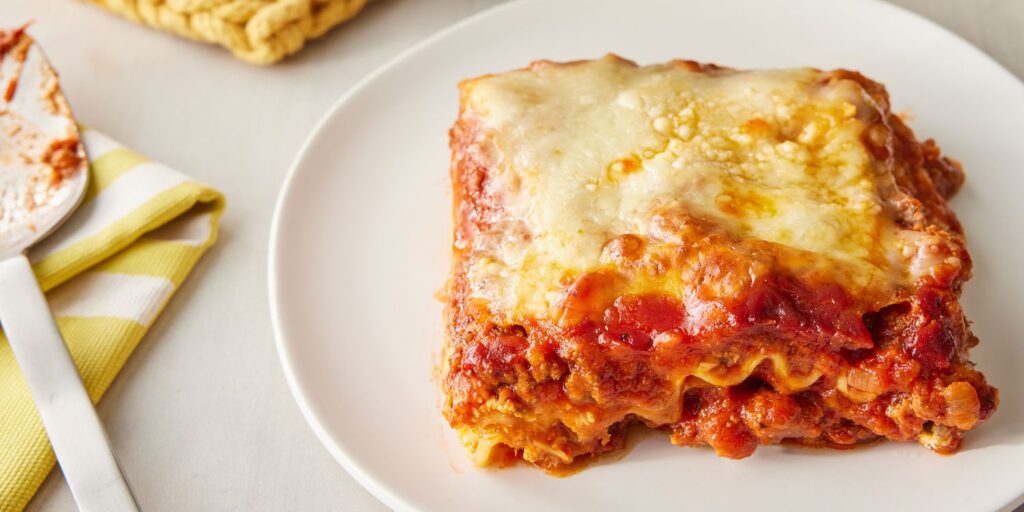Hoisin sauce is a thick, fragrant sauce commonly used in Chinese cuisine. It adds a beautiful depth of flavor to many dishes with its sweet, salty, and slightly spicy notes. While it’s readily available in stores, making your own homemade hoisin sauce allows you to control the ingredients and customize the taste to your liking.
1. Ingredients and Preparation
To make a delicious homemade ‘hoisin sauce’, you’ll need a few key ingredients that contribute to its signature flavor profile. The base typically consists of fermented soybean paste, also known as soybean paste or yellow bean paste. This ingredient provides the savory, umami notes that are essential to the sauce.

Next, you’ll need brown sugar or honey to balance the saltiness with a touch of sweetness. Rice vinegar adds a subtle tang, while sesame oil lends a nutty aroma. Garlic and ginger provide warmth and depth of flavor, and chili paste or sriracha contributes a mild heat.
Gathering the Ingredients
Before you begin, gather all the necessary ingredients:
- Fermented soybean paste (yellow bean paste)
- Brown sugar or honey
- Rice vinegar
- Sesame oil
- Garlic cloves, minced
- Fresh ginger, grated
- Chili paste or sriracha (optional, for heat)
- Water or broth (for thinning the sauce)
Measure out the ingredients according to the recipe and have them ready to go. It’s also a good idea to prepare any fresh ingredients, like mincing the garlic and grating the ginger, before you start cooking.
2. Cooking and Blending the Sauce
Once you have all the ingredients prepped and ready, it’s time to start cooking your homemade ‘hoisin sauce’. Begin by heating a small saucepan over medium heat and adding a drizzle of sesame oil or neutral cooking oil.

Sauté the minced garlic and grated ginger for a minute or two, until fragrant. This step helps release their aromatic flavors and sets the foundation for the sauce’s depth of taste.
Combining the Ingredients
Next, add the fermented soybean paste (yellow bean paste) to the pan and stir to combine with the garlic and ginger. Cook for a minute or two, allowing the paste to caramelize slightly and develop a deeper, richer flavor.
Pour in the rice vinegar and a splash of water or broth to thin out the mixture. Stir in the brown sugar or honey, adjusting the amount to your desired level of sweetness. If you prefer a spicy kick, add a teaspoon or two of chili paste or sriracha at this stage.
Simmering and Blending
Bring the mixture to a gentle simmer and let it cook for 5-10 minutes, stirring occasionally. This allows the flavors to meld together and the sauce to thicken slightly. If the sauce becomes too thick, add a little more water or broth to reach your desired consistency.
Once the sauce has simmered and the flavors have developed, remove it from the heat and let it cool slightly. For a smooth, velvety texture, transfer the sauce to a blender or use an immersion blender to blend it until it reaches your desired consistency.
Taste the sauce and adjust the seasoning if needed, adding more vinegar for tanginess, sugar for sweetness, or chili paste for heat. The beauty of making ‘hoisin sauce’ at home is that you can customize it to your personal taste preferences.
3. Storing and Using Homemade Hoisin Sauce
Once your homemade ‘hoisin sauce’ has cooled completely, it’s important to store it properly to ensure its longevity and freshness. The sauce can be kept in an airtight container or jar in the refrigerator for up to 2 weeks.
Refrigerator Storage
For optimal storage, transfer the sauce to a clean, airtight container or jar with a tight-fitting lid. This will prevent the sauce from drying out or absorbing any unwanted odors from the refrigerator. Label the container with the date of preparation to keep track of its freshness.

When stored properly in the refrigerator, homemade ‘hoisin sauce’ will maintain its rich, robust flavor and velvety texture for up to 2 weeks. However, it’s best to consume it within the first week for the most vibrant taste.
Freezing for Longer Storage
If you’ve made a larger batch of ‘hoisin sauce’ or want to extend its shelf life, you can also freeze it for later use. Portion the sauce into airtight containers or freezer-safe bags, leaving some headspace to allow for expansion during freezing.
Frozen homemade ‘hoisin sauce’ will keep well for up to 3 months. When you’re ready to use it, simply thaw the sauce in the refrigerator overnight or place the container in a bowl of warm water until it reaches a pourable consistency.
Using Homemade Hoisin Sauce
With its rich, savory-sweet flavor profile, homemade ‘hoisin sauce’ is incredibly versatile and can be used in a variety of dishes. It’s a popular ingredient in Chinese cuisine, often used as a glaze for meats or as a dipping sauce for appetizers like spring rolls or dumplings.
Incorporate a few tablespoons of ‘hoisin sauce’ into your favorite stir-fry recipes, marinades, or glazes for added depth of flavor. It also makes a delicious base for sauces or dressings when combined with other ingredients like rice vinegar, sesame oil, and soy sauce.
Don’t be afraid to experiment and let your creativity shine! The homemade touch and ability to customize the flavors make this ‘hoisin sauce’ a true culinary gem in your kitchen.
4. Creative Ways to Use Hoisin Sauce
Homemade ‘hoisin sauce’ is a versatile condiment that can elevate a wide range of dishes with its rich, savory-sweet flavor. While it’s commonly used in Chinese cuisine, this delectable sauce can add depth and complexity to various international recipes. Here are some creative ways to incorporate your homemade ‘hoisin sauce’ into your culinary adventures:
Marinades and Glazes

One of the most popular uses for ‘hoisin sauce’ is as a marinade or glaze for meats, seafood, and vegetables. Its thick consistency and bold flavors make it an excellent choice for basting proteins like chicken, pork, or salmon. Simply combine the sauce with other ingredients like soy sauce, rice vinegar, garlic, and ginger to create a flavorful marinade or glaze.
Stir-Fries and Noodle Dishes
Elevate your stir-fries and noodle dishes by adding a few tablespoons of ‘hoisin sauce’ to the mix. Its sweet and savory notes pair beautifully with vegetables, proteins, and noodles, creating a harmonious blend of flavors. Try it in classic dishes like beef and broccoli stir-fry or lo mein noodles for an authentic Asian flair.
Dipping Sauces and Condiments
Homemade ‘hoisin sauce’ makes an excellent dipping sauce for appetizers like spring rolls, dumplings, or crispy wontons. You can also use it as a condiment for burgers, sandwiches, or wraps, adding a unique and flavorful twist to your favorite handheld meals.
Vegetable Glazes
Don’t limit ‘hoisin sauce’ to just meats and noodles! Its rich, umami flavor can also enhance the taste of roasted or grilled vegetables. Brush the sauce over vegetables like Brussels sprouts, carrots, or eggplant before roasting or grilling for a caramelized, slightly sweet glaze.
Fusion Cuisine Experiments
With its versatile flavor profile, ‘hoisin sauce’ can be incorporated into various fusion cuisine dishes. Try using it as a glaze for meatballs or meatloaf, or mix it into your favorite barbecue sauce for a unique twist. You can even drizzle it over pizza or flatbreads for an unexpected flavor combination.
The possibilities are endless when it comes to using homemade ‘hoisin sauce’. Don’t be afraid to experiment and let your culinary creativity shine! This versatile condiment can add depth, complexity, and a touch of sweetness to a wide range of dishes, allowing you to explore new flavors and elevate your cooking to new heights.
Please register as a member at here to comment & contribute content.


